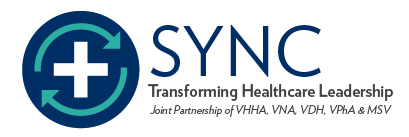STEPS Forward: Practical Strategies for Optimizing Medical Practice
The pressure on health care practices to be accountable for quality and cost is real and intensifying. But sometimes we need to optimize our underlying practice structure and culture before we can devote adequate time and thought to producing quality breakthroughs that really matter. STEPS Forward can help by providing quick-start ideas for streamlining workflow and creating more time for clinicians to do what they do best.
STEPS Forward is a practice-based initiative produced by the American Medical Association. As stated on the STEPS Forward website:
Our goal is to provide you with proven strategies that can improve practice efficiency and help you reach the Quadruple Aim — better patient experience, […]


